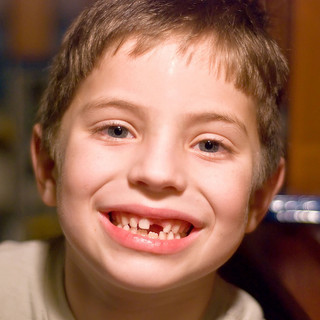The History of the Tooth Fairy
 As adults we probably don’t give a great deal of thought to our children’s baby (or primary) teeth except to make sure we have a couple dollars on hand when it’s time to exchange cash for teeth.
But in the past this wasn’t always the case. In earlier times, baby tooth disposal was a very serious matter. Many cultures believed that the tooth had to be burned or crushed to keep witches or demons from stealing it and subsequently possessing the child. As these superstitions began to subside, new more positive ones began to take their place.
As adults we probably don’t give a great deal of thought to our children’s baby (or primary) teeth except to make sure we have a couple dollars on hand when it’s time to exchange cash for teeth.
But in the past this wasn’t always the case. In earlier times, baby tooth disposal was a very serious matter. Many cultures believed that the tooth had to be burned or crushed to keep witches or demons from stealing it and subsequently possessing the child. As these superstitions began to subside, new more positive ones began to take their place.
Primary teeth began to be planted in family gardens believing this would help the adult teeth “grow.” While Viking warriors thought by wearing a necklace of baby teeth, they would have good luck during battle. We can only hope they allowed the children to lose their teeth naturally; though some think the Vikings began the custom of paying children for their teeth.
The tradition of exchanging money for a tooth began in Europe with many variations depending on the region. In some areas, payment was given only after the sixth tooth was lost; while in others, coins were given and the tooth allowed to remain behind.
In the United States, the modern day Tooth Fairy didn’t become commonplace until the 1950’s. Mass commercialization and the fact that the Tooth Fairy has no religious affiliation played a large part in the increasing popularity.
Inflation has raised the going rate from a nickel or dime back in the 1950’s to the national average of $2.42 per tooth, with many parents now leaving a note from the Tooth Fairy telling the child how important good dental care is.
Ellis Dental is here for all your child’s dental needs. Please contact us today for more information.
Photo Credit
